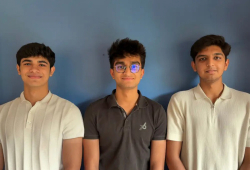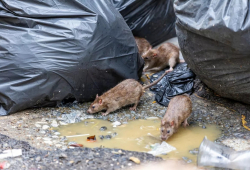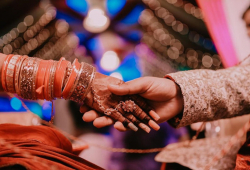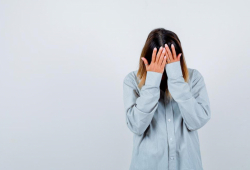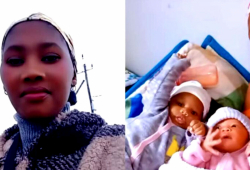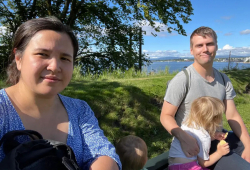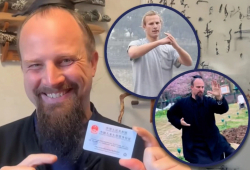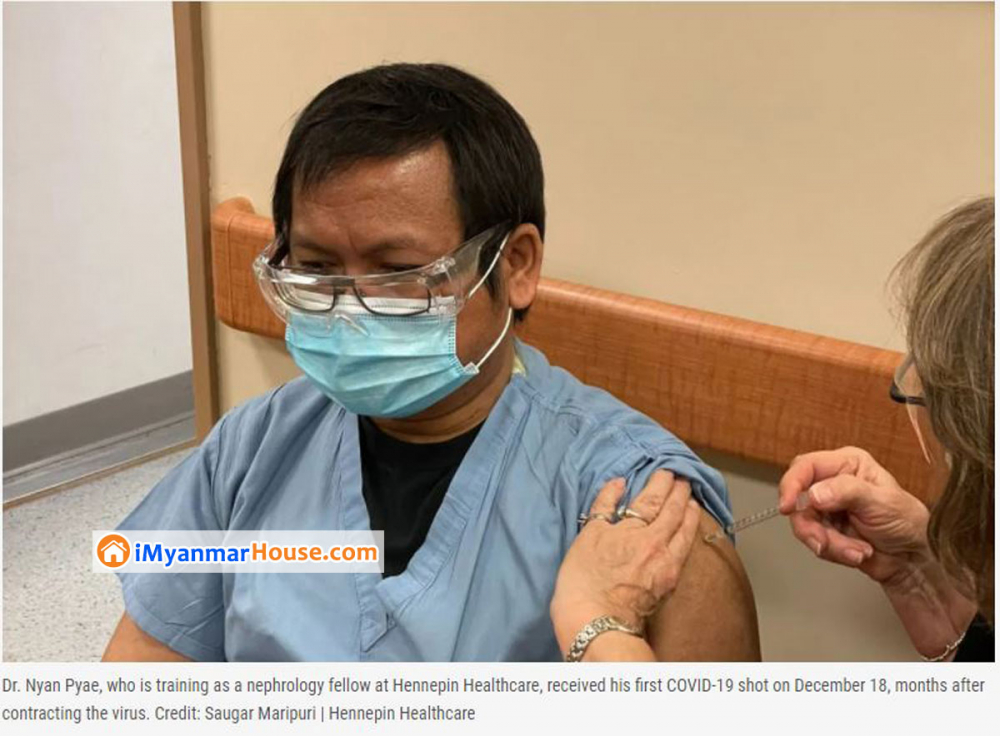
Foreign Property News | Posted by Zarni Kyaw
About 3,000 Minnesotans have already received their first COVID-19 vaccines, many of them hospital staff: physicians, nurses, cleaning staff, and interpreters at high risk of contracting the virus from patients.
For many Minnesotans, the photos and stories of people receiving vaccines have provided a much needed ray of hope at the end of a difficult year.
But a combination of the country’s racist medical history, misinformation about the vaccine, and fear of such a new treatment have also fueled skepticism.
Sahan Journal spoke with three doctors from immigrant communities about their experiences receiving the vaccine. Some of them initially had concerns about the vaccine, too. But they’re looking forward to their second and final dose, and hope more and more Minnesotans soon join the growing ranks of the vaccinated. Here’s what they thought the rest of us should know.
‘I didn’t want to take any chance to have the same experience’

He did not want to go through that again. So when the Pfizer COVID-19 vaccine became available for healthcare workers, Pyae, 45, signed up. “Six months of my life was taken away,” said Pyae, who is training as a nephrology fellow at Hennepin Healthcare. “I didn’t want to take any chance to have the same experience.”
Pyae’s specialty as a doctor is kidneys, not infectious disease. In Myanmar, where he grew up, people don’t take flu vaccines–they just get sick and “get over it,” he said. He initially thought that COVID-19 was similar. When a patient infected him, he learned the hard way that his first impression of the virus was very wrong.
While he was sick, his right leg swelled up. Three months after being released, he still walks with a cane and has trouble standing for long periods of time. Recently, he turned down an opportunity to perform a kidney biopsy because the procedure required him to stand for an uncomfortably long time.
As he waited for his vaccine, he remembers regretting that it couldn’t have arrived sooner: “I wish it was right before I got sick,” he thought.
He was nervous about any potential side effects: None of his peers receiving the first round of the vaccine had gotten the virus already.
On December 18, the day Pyae received his first dose, he felt fine. But the next day, he had a fever of 102 degrees and chills. (Side effects of the vaccine may feel like flu, according to the CDC, but should clear up after a few days.) He was afraid he’d been reinfected, but soon realized it was a normal reaction to the vaccine.
He hopes others will take the vaccine before they get sick, and continue washing hands and wearing a mask.
“The best thing is to not get infected,” he said.
Ref: sahanjournal
